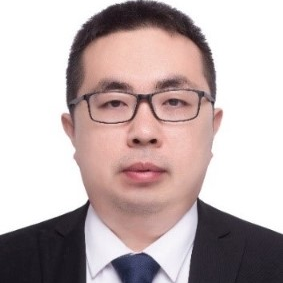Growth and Properties of Crystal Materials
A special issue of Materials (ISSN 1996-1944). This special issue belongs to the section "Materials Chemistry".
Deadline for manuscript submissions: closed (20 July 2023) | Viewed by 6873
Special Issue Editor
Interests: crystal growth; wide bandgap semiconductor; GaN crystal; AlN crystal; perovskite crystal
Special Issues, Collections and Topics in MDPI journals
Special Issue Information
Dear Colleagues,
Crystals are the foundation of many advanced technologies today. For example, microprocessors and optoelectronics require nearly perfect silicon and III-V compound semiconductor crystals. Nonlinear optical crystals have been widely used in the field of high-power all-solid-state lasers. Crystals of all kinds are required for scientific studies and new applications. From piezoelectric, optical, and laser applications to today’s overwhelming photovoltaic market and widespread use of electronic devices in information technology, communication, system control, and power conversion, the research on growth and properties of crystal materials has contributed to the development of modern technology, and greatly promoted the progress of science and technology. Therefore, the growth of crystals with higher perfection and lower cost is a prerequisite for its application in any new functionalities, and high-efficiency devices based on high-quality crystals are the driving force for word development.
In this Special Issue, theoretical and experimental research on physical, chemical, and biological phenomena and processes related to the growth, epitaxy, characterization, and application of crystal materials are highlighted and discussed.
It is my pleasure to invite you to submit a manuscript for this Special Issue. Full papers, communications, and reviews are all welcome.
Dr. Lei Zhang
Guest Editor
Manuscript Submission Information
Manuscripts should be submitted online at www.mdpi.com by registering and logging in to this website. Once you are registered, click here to go to the submission form. Manuscripts can be submitted until the deadline. All submissions that pass pre-check are peer-reviewed. Accepted papers will be published continuously in the journal (as soon as accepted) and will be listed together on the special issue website. Research articles, review articles as well as short communications are invited. For planned papers, a title and short abstract (about 100 words) can be sent to the Editorial Office for announcement on this website.
Submitted manuscripts should not have been published previously, nor be under consideration for publication elsewhere (except conference proceedings papers). All manuscripts are thoroughly refereed through a single-blind peer-review process. A guide for authors and other relevant information for submission of manuscripts is available on the Instructions for Authors page. Materials is an international peer-reviewed open access semimonthly journal published by MDPI.
Please visit the Instructions for Authors page before submitting a manuscript. The Article Processing Charge (APC) for publication in this open access journal is 2600 CHF (Swiss Francs). Submitted papers should be well formatted and use good English. Authors may use MDPI's English editing service prior to publication or during author revisions.
Keywords
- crystal growth
- semiconductors
- photonic crystals
- piezoelectric crystals
- ferroelectric crystals
- optical crystals, including nonlinear and laser crystals
- scintillating crystals
- perovskite crystal
- solid-state physics and chemistry
- crystalline surfaces
- crystalline structure
- crystalline interface
- crystallization mechanisms
- characterization techniques of crystal
- numerical simulation of crystal






